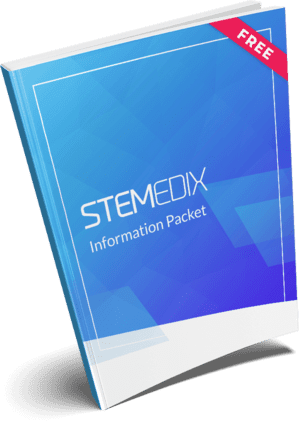
by admin | Nov 26, 2021 | Mesenchymal Stem Cells, Stem Cell Research, Stem Cell Therapy
When it comes to their potential for biomedical applications, mesenchymal stem cells (MSCs) continue to garner support and attention from the global scientific community. Isolated from a variety of sources, including bone marrow, adipose tissue, and umbilical cord tissue, MSCs demonstrate multipotent differentiation in vitro. In other words, they are tissues that are able to develop into more than one type of cell.
Considering MSCs ability to expand into osteogenic, chondrogenic, adipogenic, and myogenic cells for the purposes of repair and recovery, they continue to attract attention for treating a wide variety of conditions, including inflammatory lung and musculoskeletal disorders, multiple sclerosis (MS), and Crohn’s disease (CD).
As part of this review, Markov et al. provide a brief overview of MSC sources, migration process, and unique immunomodulatory attribute’s mechanisms while also focusing on the current findings pertaining to the immunoregulatory plasticity of MSCs and how that contributes to the regulation of immune response to elicit the desired therapeutic outcomes in patients suffering from immune-mediated/immune-dysregulating diseases.
Interestingly, the ability of MSCs to exhibit anti-inflammatory and regenerative properties has proven beneficial in clinical trials exploring therapeutic treatments of a number of immune-mediated disorders, including osteoarthritis, rheumatoid arthritis, and MS. Specifically, the findings of these clinical trials provide evidence that MSCs replace injured tissues while also serving as a source of growth factors and regenerative molecules. These findings also demonstrate that specific differential molecular mechanisms, when correctly identified, appear to be able to adjust the potential of MSCs in the regeneration of damaged tissue.
This review also explores the immunomodulatory properties of MSCs. Specifically, MSCs have been found to modify immunological reactions in several ways, including T cell suppression and induction of macrophages shift from M1 to M2, making MSCs an emerging therapeutic treatment option to a number of immune-mediated disorders including systemic lupus erythematosus (SLE), MS, OA, RA, and CD.
Despite the observed benefits of MSCs in treating these immune-mediated disorders, the authors call for additional large-scale studies over prolonged periods of evaluation before fully utilizing MSCs in clinical applications.
Given their ability to differentiate into a wide variety of cells, their immunomodulatory competence, and lower ethical concerns, Markov et al. conclude that MSCs have good reason to be considered a viable therapeutic option for the treatment of a wide range of immune-mediated disorders.
While animal studies continue to provide evidence of the safety, feasibility, and efficacy of administration of MSCs in immunological disorder, the authors point out that potential of MSCs have not yet been fully realized through human clinical outcomes. Considering this, the authors call for further investigation and study to better understand how recruiting MSCs can improve migration and homing following transplantation.
Finally, the authors point out that enriching MSC culture, choosing appropriate induction factors, and exploring new ways to promote MSCs homing post-transplantation when accompanied by further exploration of optimal MSC dose and route will further improve therapeutic outcomes in patients with immune-mediated diseases.
Source: (2021, March 18). Mesenchymal stem/stromal cells as a valuable source for the … – NCBI. Retrieved from https://www.ncbi.nlm.nih.gov/pmc/articles/PMC7971361/

by admin | Nov 12, 2021 | Stem Cell Therapy, COPD, Mesenchymal Stem Cells, Stem Cell Research
Characterized by chronic inflammation that obstructs normal airflow from the lungs, chronic obstructive pulmonary disease (COPD) affects an estimated 65 million people and remains the third leading cause of death worldwide. Caused by prolonged exposure to gasses or other harmful particulates, and especially cigarette smoke, COPD is typically characterized by breathing difficulty, cough, mucus (sputum) production, and wheezing[1].
While there are many different forms of COPD, the two most common are emphysema and chronic bronchitis; unfortunately, these two often occur simultaneously and significantly exacerbate the effects of COPD. With the number of people living with COPD expected to increase by 30% over the next decade, the disease is projected to remain among the leading causes of preventable illnesses and deaths for the foreseeable future.
There isn’t a known treatment or cure for COPD, rather a series of physical and chemical treatments designed to ease symptoms and slow progression of the disease; some current treatment includes bronchodilators, oral and inhaled steroids, antibiotics, oxygen therapy, and surgeries including lung transplantation and bullectomy. To date, these treatments have demonstrated limited success and are often associated with several severe adverse effects.
Recent research has shown mesenchymal stem cells (MSCs) to be an effective therapeutic option for treating inflammation and autoimmune diseases, making them a promising therapeutic treatment option for COPD.
In this pilot clinical study, Le Thi Bich et al. evaluated the safety and efficacy of umbilical cord-derived (UC) MSCs for treating COPD. This pilot clinical study included participants who were 40-80 years old and diagnosed with moderate to severe COPD (stage C or D per the Global Initiative for Chronic Lung Disease). Using UC-MSCs cultured and expanded using the UC-SCI technology, Le Thi Bich et al. administered MSCs intravenously to participants as an intervention for assessment of therapeutic treatment for COPD.
After administering UC-MSCs on day 0, participants were evaluated for safety and efficacy at months 1, 3, and 6. At the end of month 6, researchers concluded that UC-MSC transplantation significantly improved some important outcomes of COPD, including mMCR, CAT, and number of exacerbations. While not statistically significant, the authors credit these improvements to an observed downregulation in inflammation.
While there have been several studies evaluating the potential of MSCs as therapies for several diseases, Le Thi Bich et al. ‘s study is the first clinical trial to use US-MSCs as a treatment for COPD.
The authors conclude that the UC-MSC transplantation occurring in this pilot study significantly improved the quality of life and clinical conditions of COPD patients, most likely a result of the strong immunomodulation capacity of the UC-MSCs – especially when compared to findings of other studies using bone-marrow MSCs.
The authors also conclude that the systemic administration of UC-SC appears safe and, although treatment efficacy was not significantly different between those with different stages of COPD, those with stage D COPD did exhibit stronger medical response after UC-MSC transplantation than the medical response observed in patients with stage C COPD.
The observed results of Le Thi Bich’s pilot study provide an important and significant basis for further clinical study of the potential of MSCs in patients with COPD.
Source: “Allogeneic umbilical cord-derived mesenchymal stem cell … – NCBI.” 13 Feb. 2020, https://www.ncbi.nlm.nih.gov/pmc/articles/PMC7020576/.
[1] “COPD – Symptoms and causes – Mayo Clinic.” 15 Apr. 2020, https://www.mayoclinic.org/diseases-conditions/copd/symptoms-causes/syc-20353679. Accessed 1 Dec. 2021.

by admin | Nov 5, 2021 | Mesenchymal Stem Cells, Adipose, Stem Cell Research, Stem Cell Therapy
The immunosuppressive ability of mesenchymal stem cells (MSCs) coupled with their potential to serve important therapeutic roles in a wide range of immune disorders have resulted in a significant increase in the number of clinical studies examining the role of cellular therapy in a wide range of applications.
Of particular interest is MSCs’ ability to migrate towards inflamed environments, produce anti-inflammatory cytokines, and their ability to conceal themselves from the natural immune system.
As part of this review, Mishra et al. address the immunomodulatory properties and immunosuppressive actions of MSCs. The authors also summarize various responses of MSCs in treating a number of immune disorders, including inflammatory diseases, metabolic disorders, and diabetes.
Immunomodulation has been identified as one of the primary functions of MSCs, autocrine and paracrine activities, and evasion of innate immunity. When it comes to immunomodulation, and depending on their specific environment, MSCs have been demonstrated to be either pro or anti-inflammatory.
In certain situations, and when exposed to low levels of pro-inflammatory cytokines, MSCs have been shown to produce an enhanced immune response with neutrophils moving to the site of inflammation and acting mainly by phagocytosis. On the other hand, when part of the anti-inflammatory conditions, and especially in wounds, infections, and organ transplants, MSCs have successfully demonstrated the ability to suppress the immune response.
Research has demonstrated MSCs to have beneficial effects on many different disease models, including myocardial infarction, hepatic fibrosis, and cancer.
Interestingly, the authors of this review point out that, although adipose tissue is considered to be the preferred source of adipose-derived mesenchymal stem cells – specifically for its potential related to healing, tissue engineering, and hepatocellular carcinoma – the health of the adipose tissue appears to matter. Specifically, it appears that adipose tissue gathered from obese patients demonstrates the potential to be dysfunctional. Adipose tissue dysfunction resulting from overnutrition demonstrates an increase in serious LDL and VLDL which ultimately is thought to contribute to impaired multipotency of MSCs.
While Mishra et al. conclude that MSCs possess the potential for significant therapeutic benefits, they also call for future research with standardized and validated isolation and culture protocols with lineage differentiation and stimulation method to ease the animal and clinical studies. They also point out that in order to further understand the therapeutic potential of MSCS, additional study of cell modification, injection frequency, and dosages is required.
Source: “Identifying the Therapeutic Significance of Mesenchymal Stem Cells.” 6 May. 2020, https://www.ncbi.nlm.nih.gov/pmc/articles/PMC7291143/.

by Stemedix | Nov 1, 2021 | Stem Cell Therapy, Multiple Sclerosis, Stem Cell Research
In a recent study, researchers discovered a breakthrough against MS, stem cell therapy might be able to help individuals who have multiple sclerosis (MS). The study was conducted by Italian researchers and included a group of 210 MS patients suffering from aggressive cases of the neurodegenerative condition.
The study spanned over two decades, during which time participants received multiple stem cell transplants. Roughly 140 participants did not experience further degeneration ten years after starting stem cell therapy. The majority of the patients involved in the study were diagnosed with relapsing-remitting MS, the most common type.
Are These Study Results Conclusive?
While the results from this groundbreaking study are promising, they cannot be considered “conclusive.” For instance, many researchers are still unsure which MS patients are most likely to benefit from stem cell therapy. More research is necessary to determine stem cell therapy’s overall effectiveness and identify other relevant factors.
In addition, this study is not considered a clinical trial. This is because stem cell therapy was not tested against traditional multiple sclerosis medications. All participants received stem cell therapy from different medical centers throughout Italy.
A more stringent clinical trial will reveal additional details about the efficacy of stem cell therapy for MS treatments. Additional research will help medical professionals identify who is best suited for stem cell therapy and when they should undergo this intervention. This research aims to determine if stem cells will stimulate the patient’s natural immune system so that it can begin functioning normally again. This could result is a breakthrough against MS!
How Stem Cells May Be Able to Help MS Sufferers
Human MSCs (mesenchymal stem cells) are adult stem cells found in various body tissues. This includes the bone marrow, adipose tissue, and umbilical cord tissues. MSCs have the potential to help patients suffering from a wide array of medical conditions, including MS.
Since stem cells serve as the building blocks for the immune system, this intervention could potentially stimulate natural healing. By injecting the patient with MSCs derived from bone marrow aspirate or adipose tissue, clinicians may be able to reduce the severity of symptoms. Stem cell therapy might be able to slow the progression of the condition, but these benefits are still undergoing research.
Patients suffering from MS and searching for a breakthrough against MS and an alternative treatment option may want to consider stem cell therapy, as the potential benefits greatly outweigh any risks associated with the treatment. If you would like to learn more, contact us today to speak with a care coordinator.

by admin | Oct 29, 2021 | Mesenchymal Stem Cells, Neurodegenerative Diseases, Stem Cell Research, Stem Cell Therapy
Neurodegenerative diseases affect over 50 million Americans each year and occur as a result of nerve cells in the brain, peripheral nervous system, and the central nervous system slowly and progressively losing function before eventually dying[1].
Although there are over 600 known neurological disorders, the most common neurodegenerative diseases continue to be Alzheimer’s disease (AD), Parkinson’s disease (PD), Huntington’s disease (HD), and Amyotrophic lateral sclerosis (ALS).
While significant progress has been made in identifying mechanisms and risk factors contributing to the cause and development of these various neurodegenerative diseases, evidence continues to indicate that many of these conditions are influenced by oxidative stress. Research has also shown that antioxidants, the only strategy used to address this mechanism to date, have been demonstrated to be ineffective and, in some instances, even causing additional side effects.
In addition, although progress has been made in the overall understanding and management of several side effects associated with conditions contributing to neurodegeneration and that multifactor intervention introduced at an early stage is believed to be most successful, research has yet to identify a way to slow the progression of these debilitating conditions.
As part of this review, Angeloni et al. provide an analysis of recent literature examining the role of oxidative stress in several neurodegenerative diseases, including Alzheimer’s disease, Parkinson’s disease, ALS, retinal ganglion cells, and ataxia. The authors also discuss the emerging role of mesenchymal stem cells (MSC) and their potential in fighting oxidative stress and enhancing antioxidant capacity and neurotrophin expression.
Recent literature concludes that oxidative stress has a significant role in each of the neurodegenerative diseases mentioned above. Specifically, oxidative stress has been found to:
- Play a fundamental role in Alzheimer’s disease, affecting different pathways involved in AD brain cells.
- Have a causal role and also be a result of different pathologies in PD.
- Be both a cause and consequence of impaired function related to ALS.
- Be a significant cause of damage in a number of ocular neurodegenerative diseases, including diabetic retinopathy, glaucoma, and retina ischemia-reperfusion injury.
- Increase ROS production linked to mitochondrial dysfunction in ataxia cell models.
The literature also indicates that MSC therapy can be a promising future management tool for neurodegenerative disease that enhances antioxidant capacity, increases neurotrophin expression, inhibits pro-inflammatory cytokine secretions, and counteracts microglial ROS production.
However, the authors also conclude that while the role of MSCs in counteracting oxidative stress-related neurodegeneration, additional studies demonstrating a more neurodegenerative disease-specific therapeutic MSC strategy for preventing a broad range of previously mentioned disorders are needed.
Accordingly, these future studies will be useful in helping to discover the appropriate numbers of MSCs needed for transplantation, realize optimal timing of transplantation, identify the correct disease stage for transplantation, and better understand the safety, functionality, recovery, and motor and cognitive improvements of various MSCs used in this process.
Source: (2020, May 7). Role of Mesenchymal Stem Cells in Counteracting Oxidative Stress …. from https://www.ncbi.nlm.nih.gov/pmc/articles/PMC7246730/
[1] “Neurodegenerative Diseases: An Overview of Environmental Risk ….” https://www.ncbi.nlm.nih.gov/pmc/articles/PMC1280411/. Accessed 18 Oct. 2021.

by admin | Oct 22, 2021 | Mesenchymal Stem Cells, Stem Cell Research, Stem Cell Therapy
Since their discovery in 1960, mesenchymal stem cells (MSCs) have been found to migrate to assist and support the repair of injured tissue. In addition, and more importantly, MSCs have demonstrated therapeutic effects resulting from their ability to modulate various cells found in both the innate and adaptive immune systems.
To date, over 900 clinical trials have used MSCs to explore various diseases ranging from bone/cartilage repair, diabetes, cardiovascular diseases, immune-related, and neurological disorders by promoting neovascularization, increasing angiogenesis, enhancing cell viability, and inhibiting cell death.
While there have been promising results from animal studies, further research is taking place to determine the therapeutic efficacy of MSCs. Fan et al.’s review summarizes the progress of specific mechanisms underlying the tissue regenerative properties and immunomodulatory effects of MSCs and provides an overview of the current research on the rapid development of MSC-based therapies.
According to Fan et al., the therapeutic potential of MSCs is attributed to two specific aspects: replacement of the damaged tissue through differentiating into various cell lineages and regulation of immune response by immunomodulatory function. The major mechanism underlying MSC-based therapy appears to be the paracrine function, which allows for reduction of inflammation and increased cell proliferation while the tissue is being repaired.
Additionally, MSCs have been well demonstrated to have exceptional potential for differential. Upon transplantation, MSCs’ ability to differentiate appears to be the key to successful integration into the tissue of the host. Their ability to differentiate also appears to depend on factors such as donor age, tissue origin, cell passage numbers, cell densities, and duration of cell culture, so the authors are calling for further study to better understand the mechanisms of regulatory pathways and to improve differentiation efficacy.
Although MSC-based therapies have demonstrated significant progress, a full understanding of the ability of MSCs has made it a challenge to advance into daily clinical application. According to this review, the key factors for this happening appear to be large variability in important factors, such as cell source, dosage, administration route, and timing of the administration.
Since inconsistencies among these factors appear to affect the therapeutic value of MSCs, the authors call for standardization of procedures of MSC isolation and expansion in future clinical therapies. The authors also point out that the therapeutic potentials of MSCs are attributed to complex cellular and molecular mechanisms of action which require additional in-depth exploration for clinical application.
MSCs have been demonstrated to be an important source of stem cell therapies. However, there is still a need for additional large-scale, randomized, blinded, and controlled trials to fully demonstrate the therapeutic benefits associated with MSCs. As a result of this review, Fan et al. conclude that further clarification of the predominant mechanisms in different situations is an important step in improving the safety, efficacy, and outcomes of MSC-based therapies.
Source: (n.d.). Mechanisms underlying the protective effects of mesenchymal stem …. from https://www.ncbi.nlm.nih.gov/pmc/articles/PMC7223321/


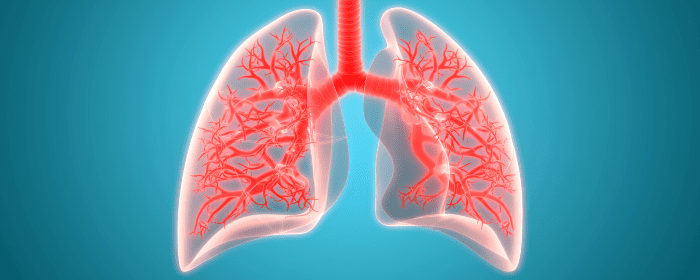
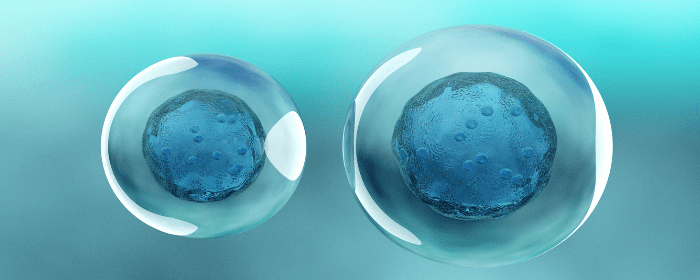
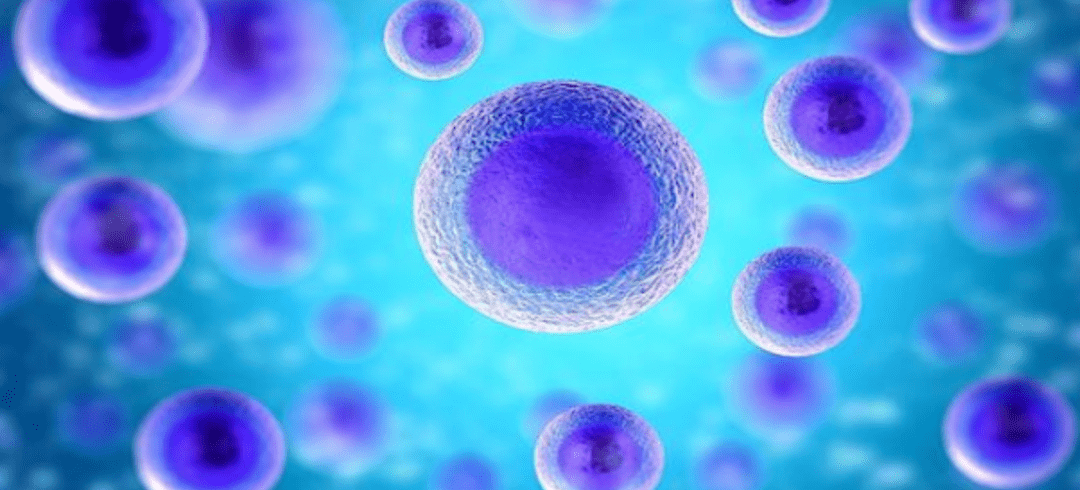
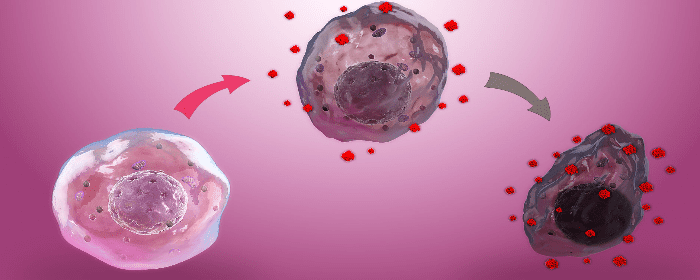
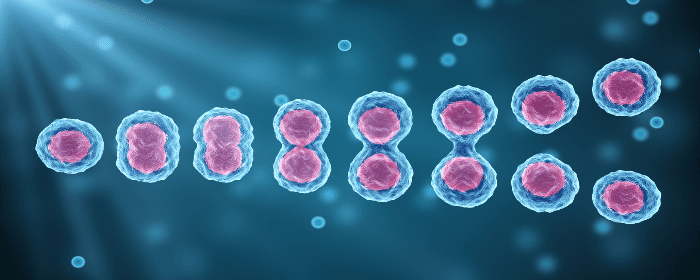
 St. Petersburg, Florida
St. Petersburg, Florida
